Beyond Words
The Psychology Behind Visuals and Consumer Behavior
In today’s fast-paced digital landscape, where attention spans are shorter than ever and competition for consumer engagement is fierce, visuals have emerged as the most powerful tool for brand communication. Words alone no longer suffice to capture and retain attention; in a world where content is consumed in the blink of an eye, striking imagery speaks volumes. This is especially true in the Middle East, particularly in Doha’s rapidly growing and highly competitive markets, where brands must navigate a sea of content to make a lasting impression.
In these dynamic and culturally rich environments, consumers are exposed to an overwhelming amount of information daily, from social media feeds to advertisements. To stand out, brands need more than just visually appealing content—they need a well-crafted visual strategy that resonates with their target audience. Photography, in particular, plays a critical role in influencing consumer behavior, driving brand loyalty, and establishing emotional connections.
This article explores the strategic importance of photography in shaping how brands communicate, focusing on the Middle East’s market trends and successful campaigns in Doha. By examining case studies and offering insights into how companies have leveraged powerful visuals, we’ll uncover how photography can be the key to unlocking stronger, more meaningful consumer relationships in an increasingly crowded digital space.
Marketing is no longer about the stuff you make but the stories you tell.
Seth Godin
Why Visuals Matter in Branding
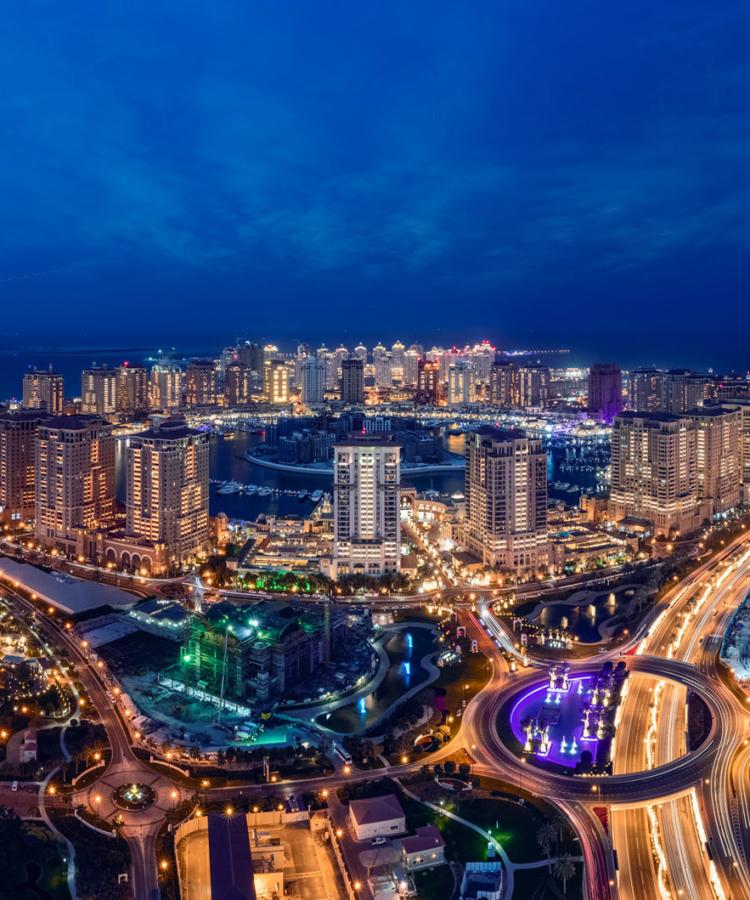
Power of First Impressions
In today’s competitive market, visuals serve as the first point of contact between a brand and its potential customers. A striking image can captivate attention in an instant, making it crucial for businesses to invest in high-quality photography. In Doha’s luxury market, where aesthetics and exclusivity reign supreme, visually appealing photography is often the distinguishing factor that either attracts or deters potential clients.
Brands like The Pearl-Qatar, an upscale residential and commercial development, exemplify the importance of first impressions. Their marketing materials feature stunning visuals of the picturesque marina and luxurious lifestyle offerings, immediately communicating a sense of exclusivity and sophistication. High-quality visuals allow brands to convey their unique selling propositions, whether it’s the opulence of a product or the warmth of a service.
Evoking Emotion and Trust
Visual storytelling transcends language barriers and resonates with audiences on an emotional level. In the Middle East, a region rich in cultural heritage and tradition, the use of authentic visuals can significantly influence customer perceptions. High-quality images can evoke feelings of nostalgia, happiness, or aspiration, effectively connecting the consumer to the brand’s narrative.
For example, Dior has successfully utilized powerful imagery in their campaigns that resonate with Middle Eastern consumers. Their advertisements often showcase stunning visuals of models adorned in exquisite garments against breathtaking backdrops, blending modern elegance with traditional influences. By depicting the luxury and craftsmanship behind their products, Dior fosters a sense of aspiration and connection among consumers. In a social media-driven world where visuals can shape perceptions instantaneously, brands that prioritize high-quality photography position themselves as trustworthy and credible.
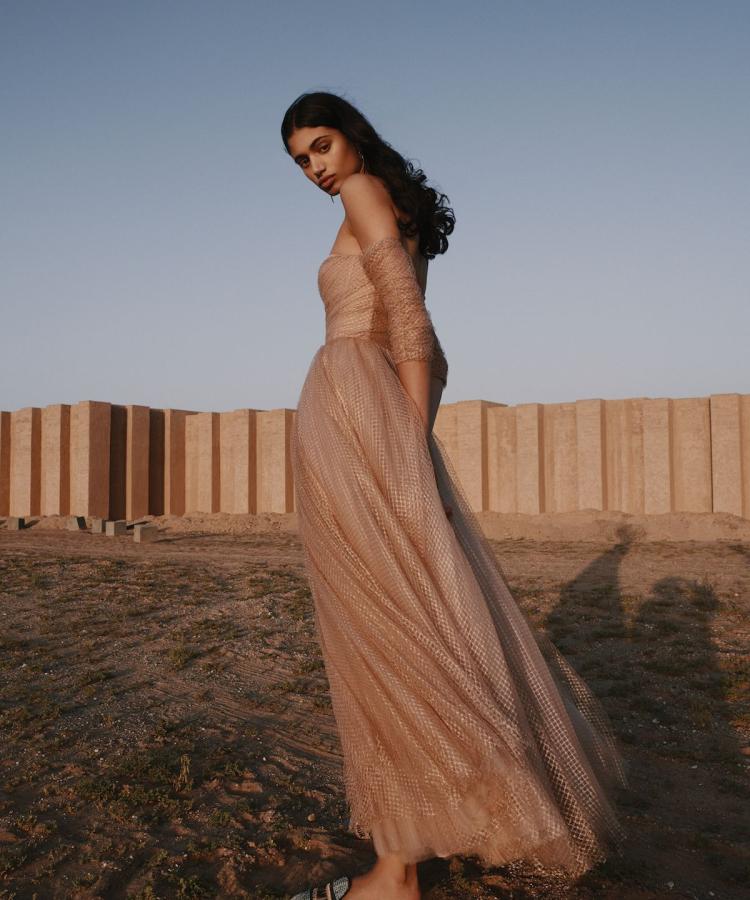
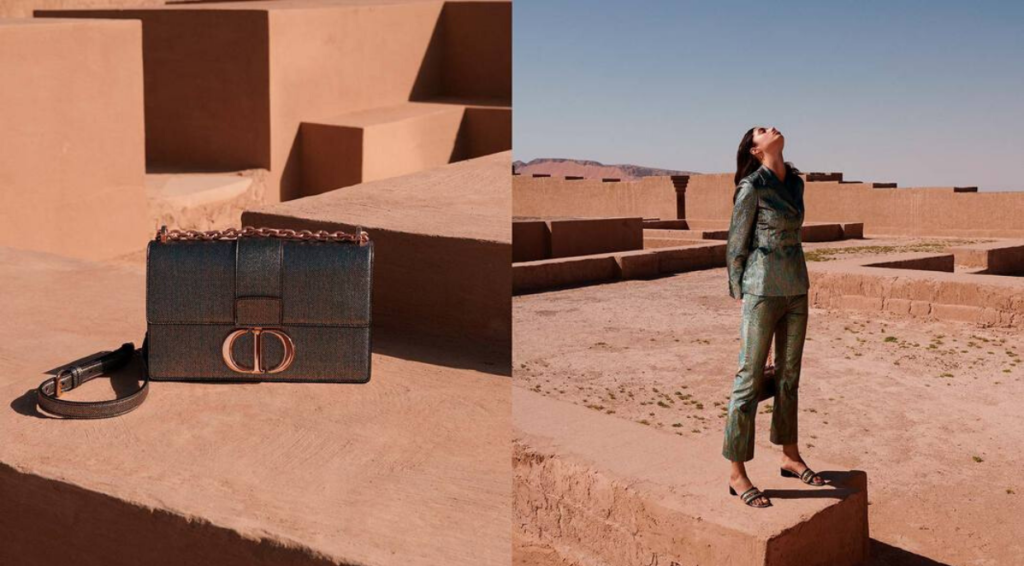
The Psychology Behind Visuals and Consumer Behavior
Visual Processing & Memory
When it comes to branding, the human brain is hardwired to favor visuals. Studies have shown that consumers process images 60,000 times faster than text, making photography and design crucial tools for grabbing attention in today’s saturated markets. Furthermore, 90% of the information transmitted to the brain is visual, which explains why brands that use striking imagery often see higher engagement and retention rates from their audiences. This is particularly significant in Middle Eastern markets, where cultural aesthetics, symbolism, and storytelling traditions play a major role in shaping consumer preferences.
In markets like Doha, where luxury and high-end experiences are emphasized, brands can leverage photography to create instant and lasting impressions. In this visually-driven environment, businesses that invest in quality visuals—from product images to lifestyle shots—can position themselves more effectively in the minds of consumers. For instance, by incorporating cultural motifs and local architectural styles in their photography, brands in Doha can tap into a sense of local pride and tradition, making their imagery not only eye-catching but also emotionally resonant.
Al Hazm Mall: Luxurious Visual Storytelling
Consider the advertising strategy of Al Hazm Mall in Doha. The mall is marketed as a premium shopping destination, and their visual branding is designed to reflect this luxury. Through the use of grand architectural photography that highlights intricate details of the mall’s design—such as marble interiors and arches inspired by classical European styles—they communicate opulence. The instant impact of these visuals creates a strong association between the mall and high-end experiences, drawing in customers who are looking for exclusive, luxury environments.

Katara
Color Theory and Branding
Colors have a profound psychological effect on consumers, influencing their emotions and behaviors. This principle is particularly important in branding and marketing, where specific color palettes can trigger desired responses from target audiences. In luxury markets, such as those in Doha, colors like gold and deep blue are frequently used to convey messages of opulence, wealth, and exclusivity.
Practical Application for Brands
A standout example of the strategic use of color in branding can be found at Katara Cultural Village in Doha. Katara uses rich, earthy tones—such as terracotta, ochre, and deep greens—in its visual branding. These colors evoke a connection to the land, history, and cultural heritage of Qatar. For visitors, these earthy tones create a feeling of timelessness and tradition, which is central to Katara’s mission of preserving and promoting Qatari culture. By using these colors in their branding, Katara not only attracts tourists but also resonates deeply with the local population, who see the village as a symbol of their cultural identity.
Brands operating in Doha and the wider Middle East can benefit from a deep understanding of color psychology. Whether it’s using gold accents in photography to elevate the perception of luxury, or utilizing rich, culturally significant tones like those used by Katara, color should be a deliberate part of every visual strategy. Companies should also consider how their color choices will resonate with local audiences, ensuring that their branding feels authentic and connected to the cultural landscape.


Creating a Brand Identity through Visuals
Photography is one of the most powerful tools in establishing a brand’s identity. Through carefully curated images, businesses can communicate their values, personality, and positioning in the market. For businesses in Doha, particularly in industries like fashion, lifestyle, and luxury retail, creating aspirational and visually stunning content is key to building a unique brand persona that resonates with their target audience.
In Doha’s dynamic market, even global brands like Nike understand the importance of adapting their visual strategies to the region’s audience. Nike’s Neon Campaign is a standout example of how a global brand uses striking, high-impact photography to reflect innovation, energy, and performance while staying culturally relevant. The campaign features a blend of neon lights and urban settings, showcasing athletes in dynamic poses against the vibrant backdrop of modern cityscapes like Doha’s futuristic skyline. These visually engaging images emphasize athleticism, determination, and empowerment, perfectly aligning with Nike’s global message while resonating with the local audience’s affinity for bold, modern aesthetics.
In this campaign, Nike’s use of neon colors not only grabs attention but also ties into the fast-paced, high-energy lifestyle that Doha’s consumers associate with the brand. By placing athletes in futuristic settings, illuminated by neon lights, Nike highlights its commitment to progress, performance, and innovation. These visuals appeal to a growing market of consumers who value cutting-edge designs, technology, and the ambition to push boundaries. This strategy has positioned Nike as a trendsetter in Doha’s sportswear scene, connecting with a younger, aspirational audience looking to express their individuality through fashion and performance gear.
For brands looking to establish themselves in Doha’s fashion and lifestyle sectors, using photography to tell an aspirational story is essential. Campaigns like Nike’s neon-themed visuals do more than just highlight products—they create a lifestyle narrative that evokes a sense of empowerment, progress, and confidence. By leveraging powerful visuals, brands can form deeper emotional connections with their audience, positioning their products as symbols of ambition, success, and modernity.
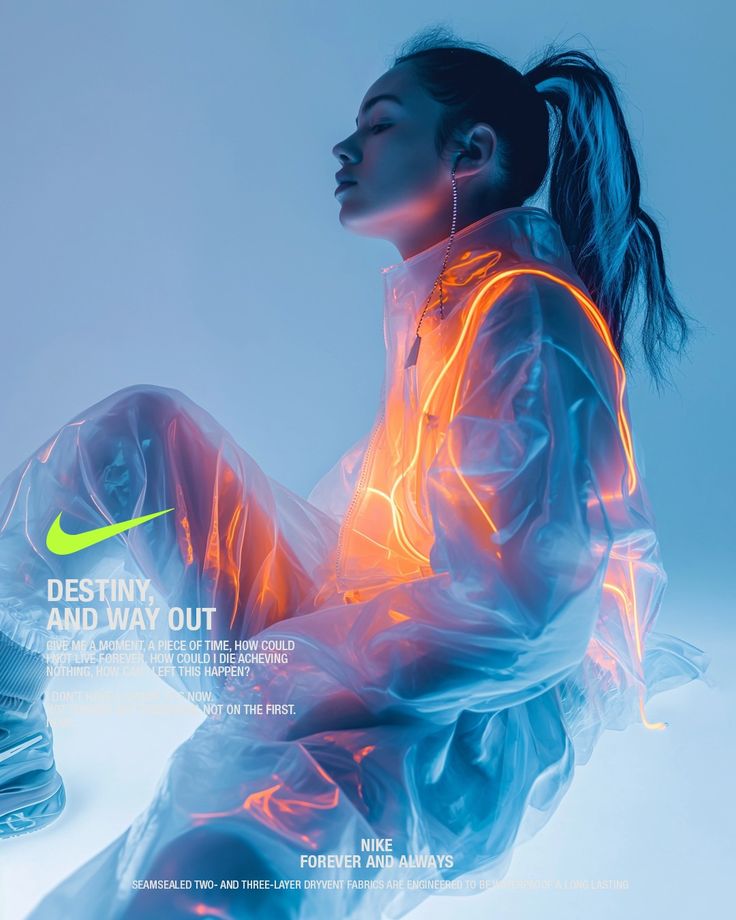
Consistency is Key
How Photography Influences Brand Perception
A visually consistent brand is a trusted brand. Across all platforms—whether it’s a website, social media, advertising, or even product packaging—having a unified visual style ensures that consumers can instantly recognize your brand. This consistency in photography and design is what allows brands to build a recognizable and reliable identity over time.
For businesses in Doha and the wider Middle East, where consumer loyalty and trust are highly valued, maintaining visual consistency is critical. Brands that continually use the same color schemes, photographic styles, and imagery themes across their platforms reinforce their identity in the minds of consumers. This creates a sense of reliability and professionalism, helping brands stand out in a competitive marketplace.
A leading example of visual consistency is Ooredoo Qatar, the country’s largest telecommunications company. Ooredoo uses a distinct shade of red across all their marketing materials, from billboards and social media posts to their website and retail outlets. This consistent use of color, paired with sharp, modern photography that often highlights advanced technology and connectivity, strengthens Ooredoo’s image as an innovative, reliable brand. Consumers instantly associate red with Ooredoo, helping the company maintain a strong visual presence in a competitive telecom market.
For other brands in Doha, especially those entering or expanding in competitive sectors, adopting a consistent visual language ensures that consumers can quickly recognize the brand wherever they encounter it—whether they are scrolling through Instagram, seeing an outdoor ad in West Bay, or visiting a retail store.
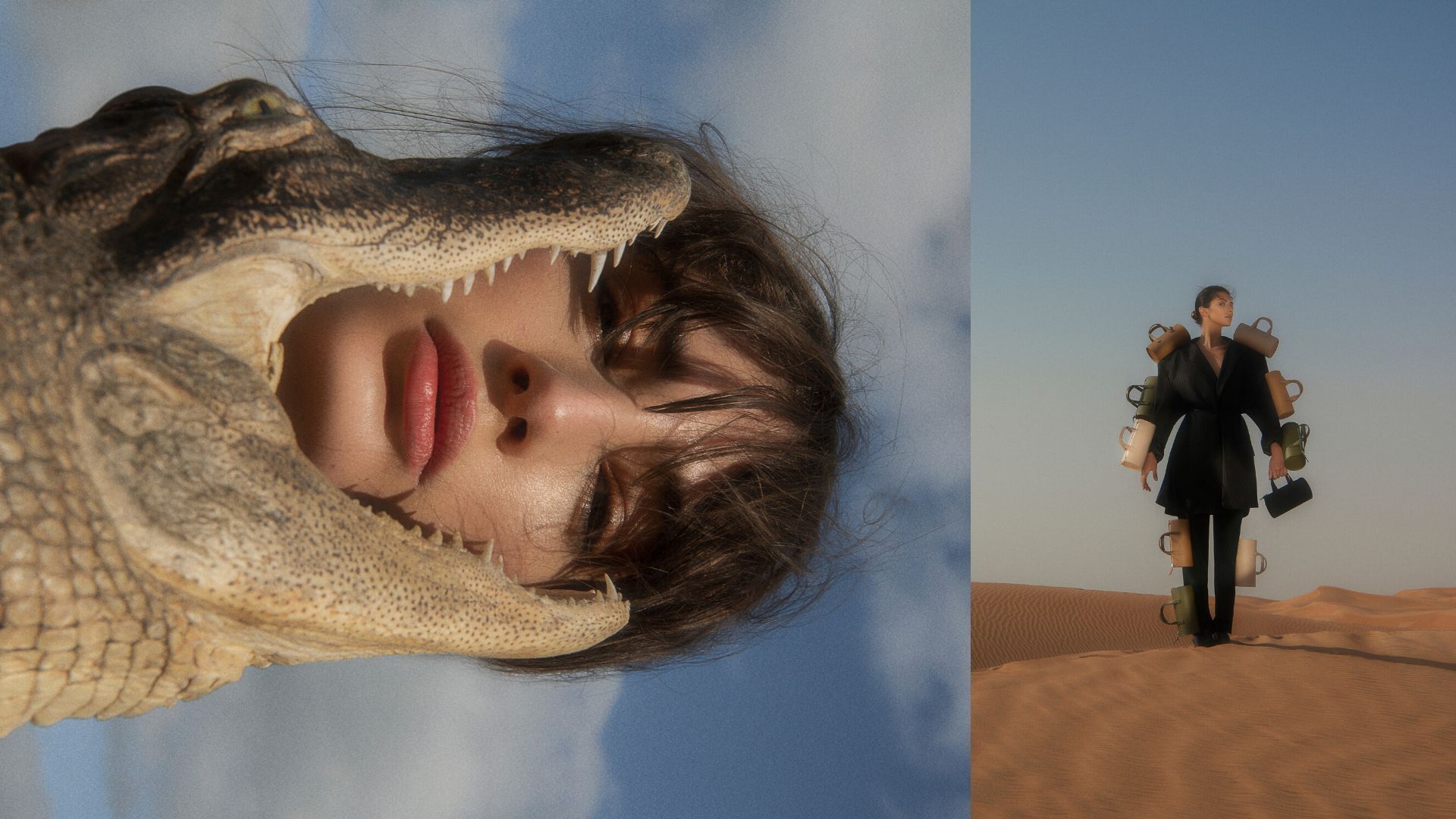
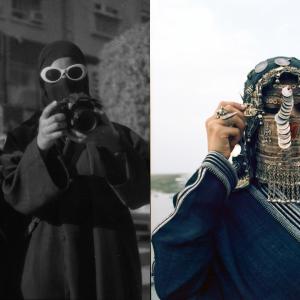
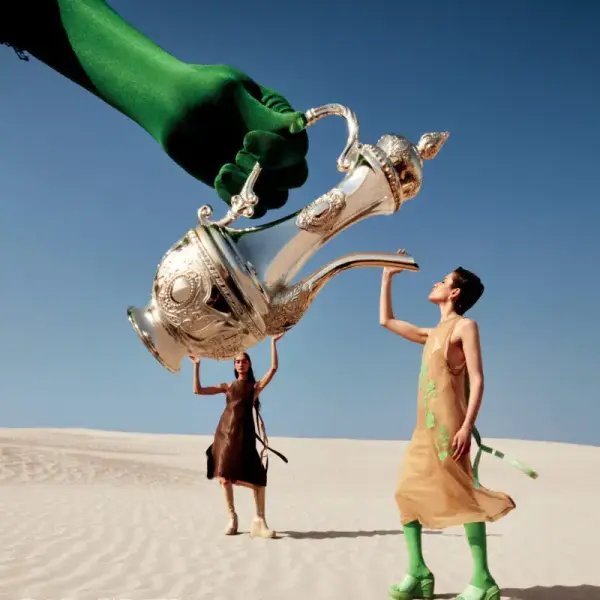
For other brands in Doha, especially those entering or expanding in competitive sectors, adopting a consistent visual language ensures that consumers can quickly recognize the brand wherever they encounter it—whether they are scrolling through Instagram, seeing an outdoor ad in West Bay, or visiting a retail store.
The Future of Visual Branding in the Middle East
As the Middle East, especially Doha, strengthens its reputation as a hub for luxury, culture, and innovation, the demand for authentic photography continues to grow. Brands are embracing real-life visuals over overly polished and staged imagery to resonate with younger, experience-seeking audiences. Fashion and lifestyle brands are incorporating local influencers and everyday scenes to create a genuine connection with their audience.
Harvey Nichols Doha – This luxury retailer integrates high-end fashion photography with local Doha aesthetics. Campaign reels feature models in couture against backdrops of the modern skyline, traditional souks, and luxurious desert landscapes, creating a narrative that blends local and global fashion elements.
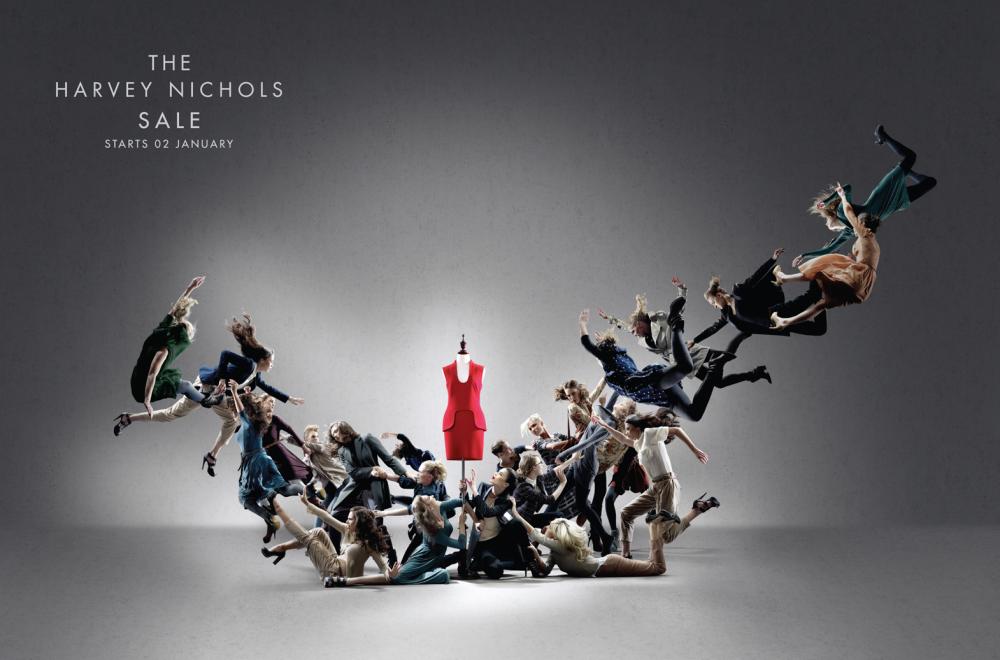
The Role of Social Media and Influencers
In the Middle East, platforms like Instagram, TikTok, and Snapchat have transformed visual branding. Influencers play a crucial role in shaping consumer behavior, especially in fashion and luxury sectors. Collaborating with influencers whose lifestyles reflect regional and aspirational aesthetics has become essential for brands to stay relevant.

Future Outlook on Visual Branding in Doha
In an increasingly globalized world, visual branding in Doha is evolving rapidly. As one of the Middle East’s most dynamic cities, Doha is at the intersection of tradition and modernity, making it a key player in shaping the future of luxury branding. To stay competitive, brands must merge luxury with a deep connection to the region’s cultural identity. The future of visual branding will be shaped by the following key elements:
Merging Luxury with Cultural Relevance
Doha’s affluent consumer base expects brands to exude luxury while respecting and reflecting the city’s rich cultural heritage. High-end fashion brands, in particular, have begun incorporating Middle Eastern influences into their campaigns, recognizing the value of localized, culturally resonant imagery. Visuals that blend traditional motifs like Islamic geometric patterns, regional attire such as abayas and kaftans, or iconic Qatari landmarks help create emotional connections with consumers. This cultural grounding makes global luxury brands more relatable to local audiences.
The Qatari luxury brand QELA showcases collections that combine traditional craftsmanship with modern fashion design. Their reels highlight models wearing elegant pieces against Doha’s vibrant backdrops like Souq Waqif or The Pearl, resonating with both local and international markets.
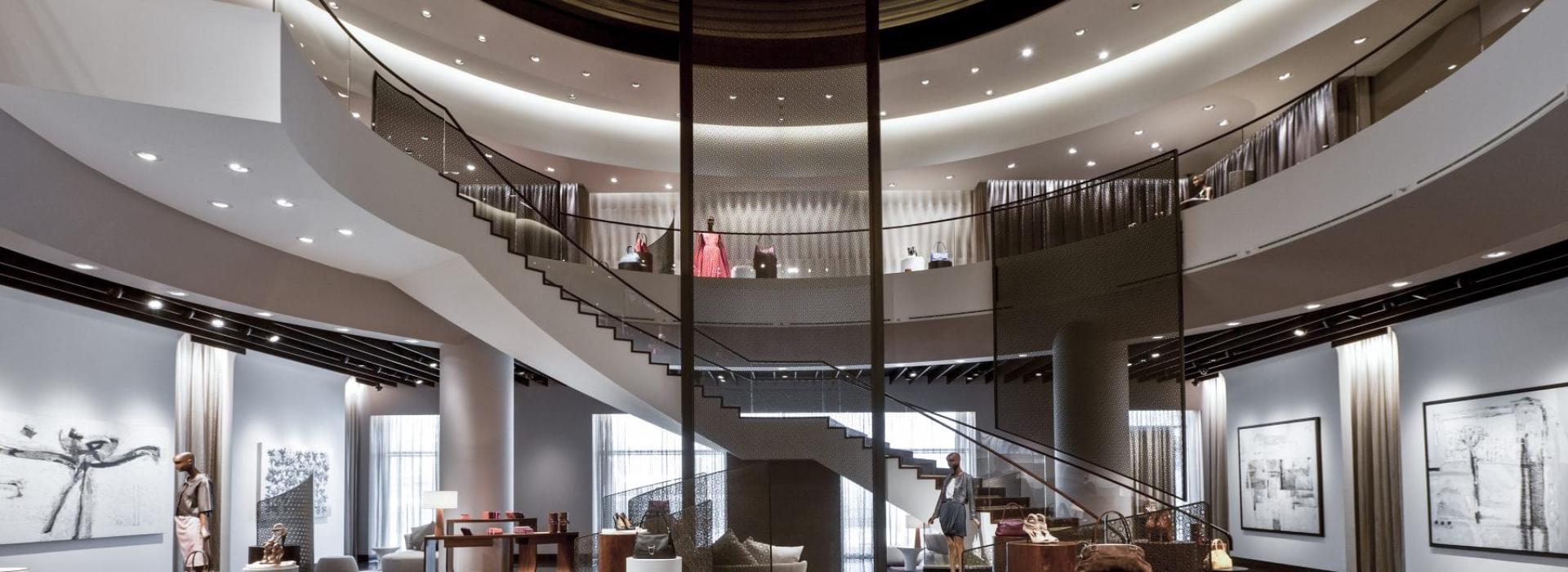
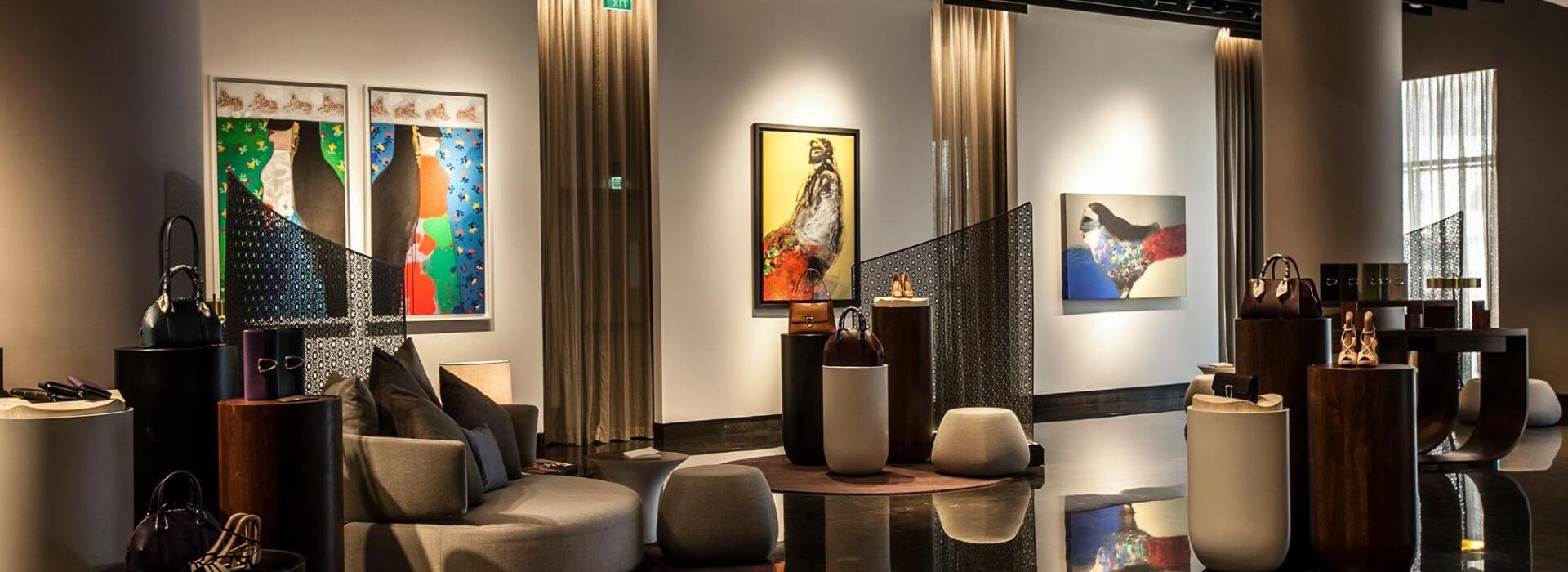
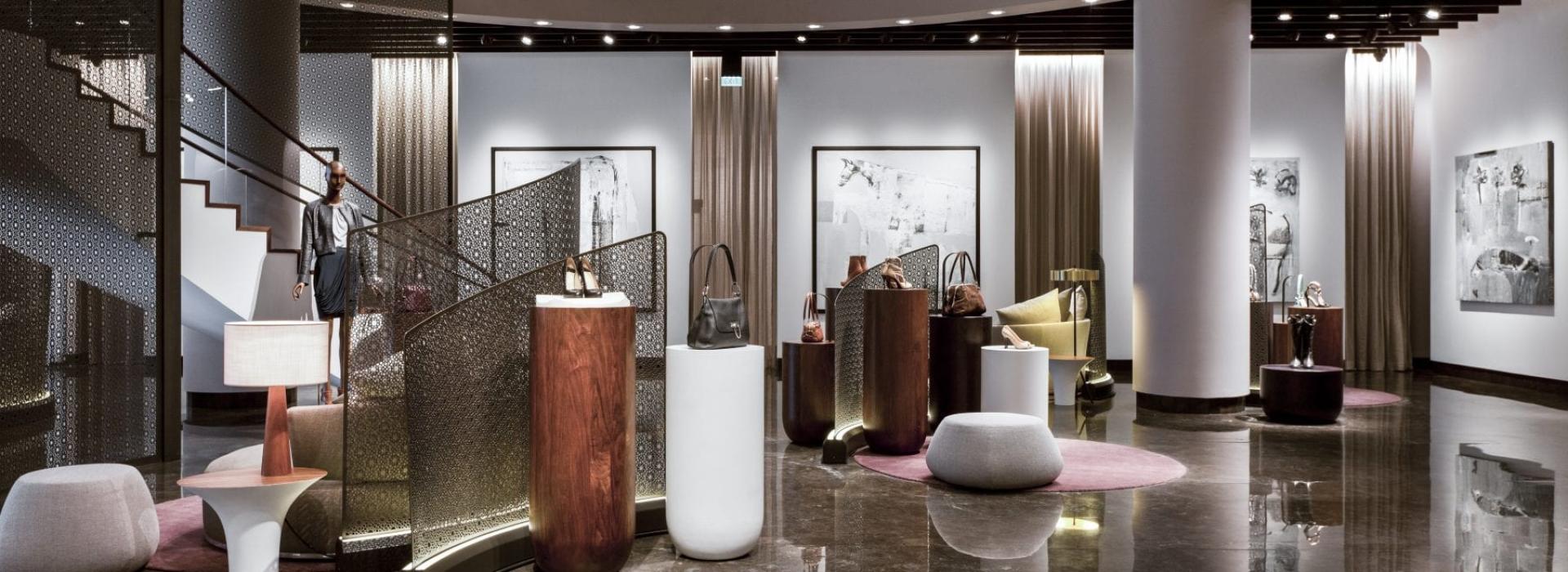
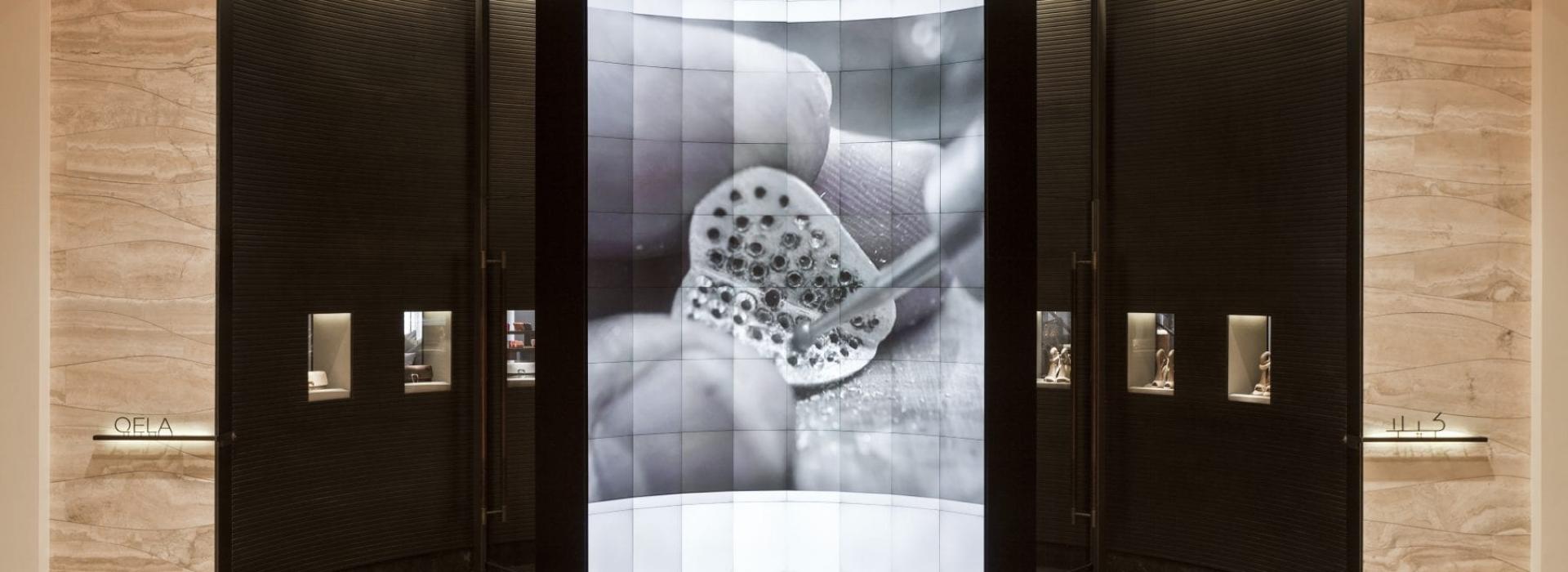
Blending Global Aspirations with Local Identity
As Doha continues to be a crossroads of global influence, successful brands will be those that integrate global fashion trends while staying true to their local roots. This duality creates an aspirational yet relatable visual identity that appeals to both local consumers and an international audience. Whether it’s showcasing global fashion icons against the backdrop of Doha’s cutting-edge architecture or blending local attire with international haute couture, this fusion of cultures will drive the future of visual branding in the city.
Valentino’s Campaign in The Pearl – Valentino’s Doha campaign elegantly merged Italian luxury fashion with local Qatari aesthetics, using The Pearl’s stunning waterfront as a backdrop for runway-inspired reels. This combination of high fashion and local flavor positioned Valentino as both globally aspirational and locally relevant.
As Doha solidifies its position as a cultural and luxury hub in the Middle East, the future of visual branding lies in a brand’s ability to connect authentically with both local and global audiences. By merging luxury with cultural relevance, embracing sustainability, and leveraging the power of social media and influencers, brands in the region can create visually compelling narratives that resonate deeply with consumers. Authentic photography, paired with the influence of regional fashion trends, offers a unique opportunity for brands to tell stories that are not only visually striking but also culturally grounded. Those who master this balance will stand out in Doha’s evolving marketplace, building lasting connections with a discerning and diverse audience. For brands, the future of visual branding in Doha is clear: it’s about blending the global with the local, creating content that is as aspirational as it is relatable.
